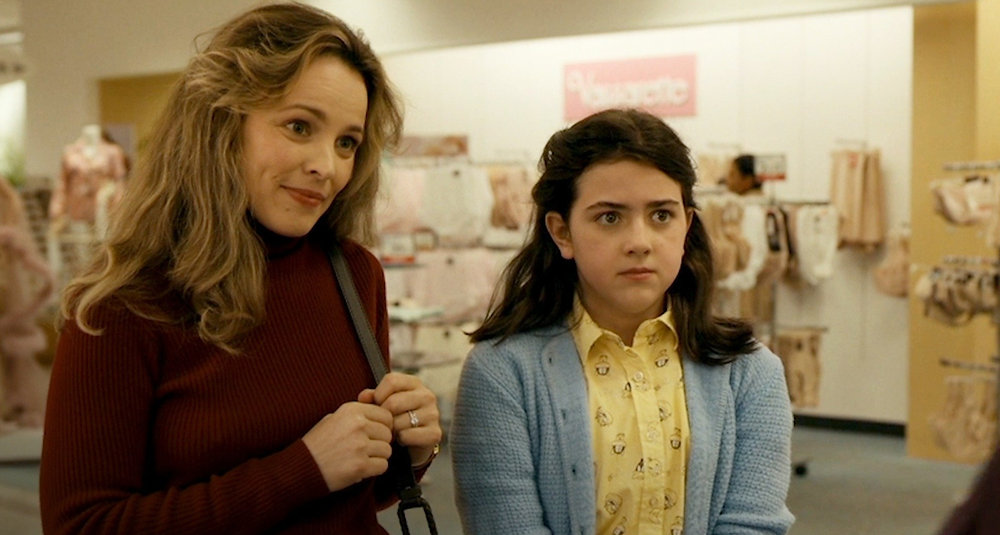What Hi-Fi? Verdict
It’s expensive, but the Panasonic GZ2000 is currently the best-performing OLED you can buy
Pros
- +
Stunning picture performance
- +
Convincing Atmos sound
- +
Dolby Vision and HDR10+
Cons
- -
Big
- -
Expensive
- -
Comparatively basic OS
Why you can trust What Hi-Fi?
It can be easy to become fixated on a product’s single standout feature to the extent that you overlook something else that’s ultimately far more exciting. So it proves with the Panasonic TX-55GZ2000B. The headline-grabbing feature is a speaker system that includes rear-mounted, upward-firing drivers for Dolby Atmos sound, and impressive it is, too.
But it takes the attention away from the picture upgrades that Panasonic has bestowed upon this flagship OLED. Those picture upgrades are so special, in fact, they make the GZ2000 a better performer than LG’s 2019 OLEDs – meaning that this is the best OLED we’ve tested.
Features
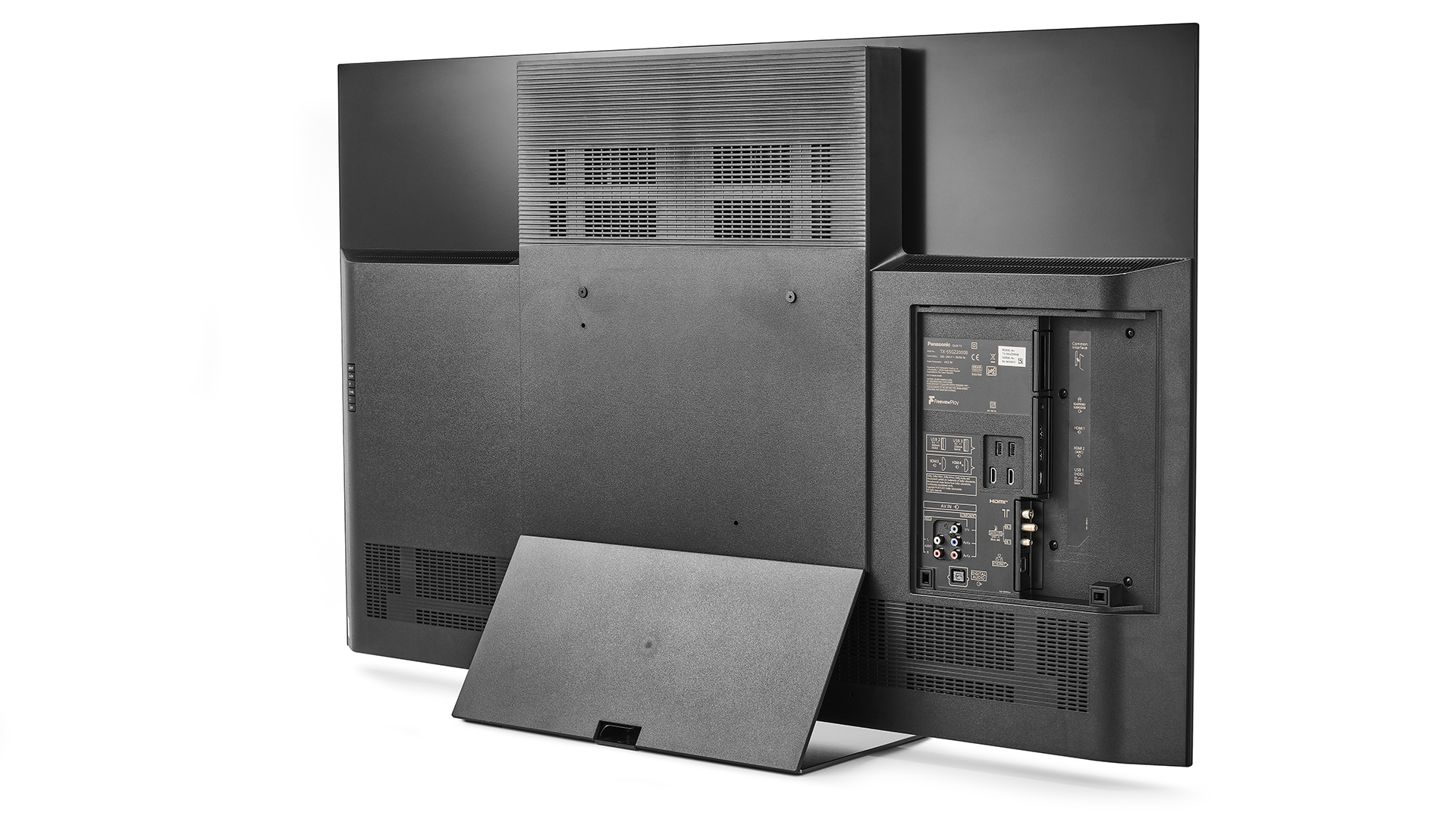
Panasonic sees itself as sitting at the pro end of the TV market, and the design of its TVs reflects that. As with every other model in the company’s 2019 range, the GZ2000 is decidedly utilitarian in appearance. There are no frills here, just straight edges, thin bezels and dark metal. It might look a little severe when placed in a light and airy lounge, but the intention is that there are no distractions from the image on the screen.
Other than the sound, of course, which is produced by five, Technics-tuned drivers, three of which fire forwards from a soundbar mounted below the screen, while the other two fire upwards from a unit mounted on its rear.
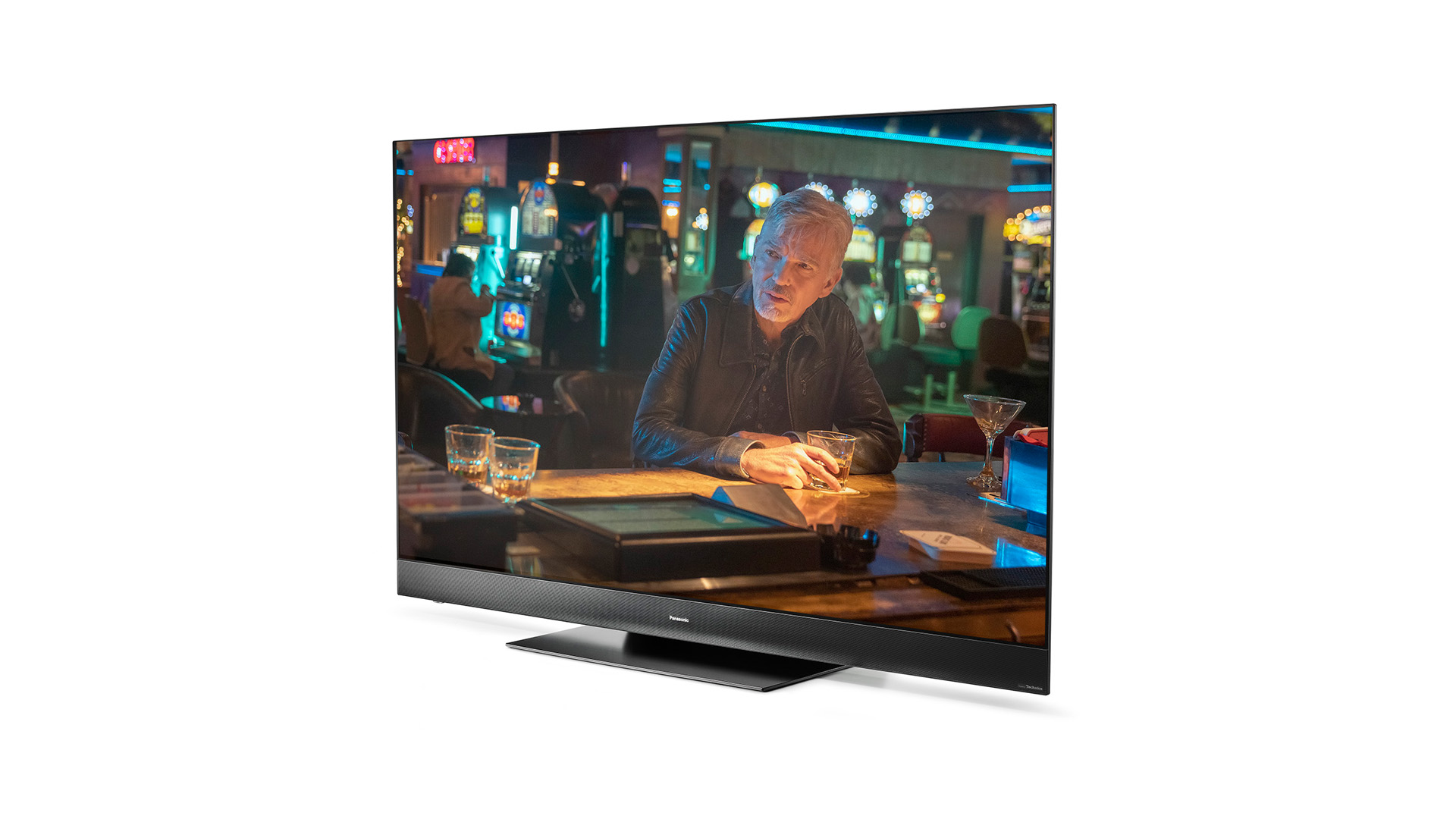
Screen type OLED
Resolution 4K
HDMI x4
USB x3
Optical 1
Operating system My Home Screen 4.0
HDR formats HDR10, HDR10+, Dolby Vision, HLG
The downside of having a TV laden with so many speakers is that it’s big and heavy. While almost all OLEDs have some casework mounted to the rear of the panel, the GZ2000 has more thick sections than thin, with only the top corners providing the remarkable thinness for which OLEDs are known. At around 8cm, those thick sections are 2cm thicker than its GX950 stablemate and almost 4cm thicker than an LG C9 and Samsung Q90R.
That might not seem like a big deal, but the GZ2000 has an undeniably awkward appearance when wall-mounted, lacking both the floating screen look of rival OLEDs and the picture frame approach of Samsung’s top-end QLEDs.
Of course, how the TV performs is far more important than how it looks and Panasonic has put some real effort in here. The only hint on the spec sheet is a mention of a ‘Professional Edition OLED Panel’, which is half explained by Panasonic’s claim that it worked with LG (which supplies the OLED TV panels to every manufacturer) to create a bespoke panel. Tuned by Panasonic’s R&D engineers, with the help of Hollywood colour grader Stefan Sonnenfeld, the result is apparently a more accurate, brighter and more dynamic picture.
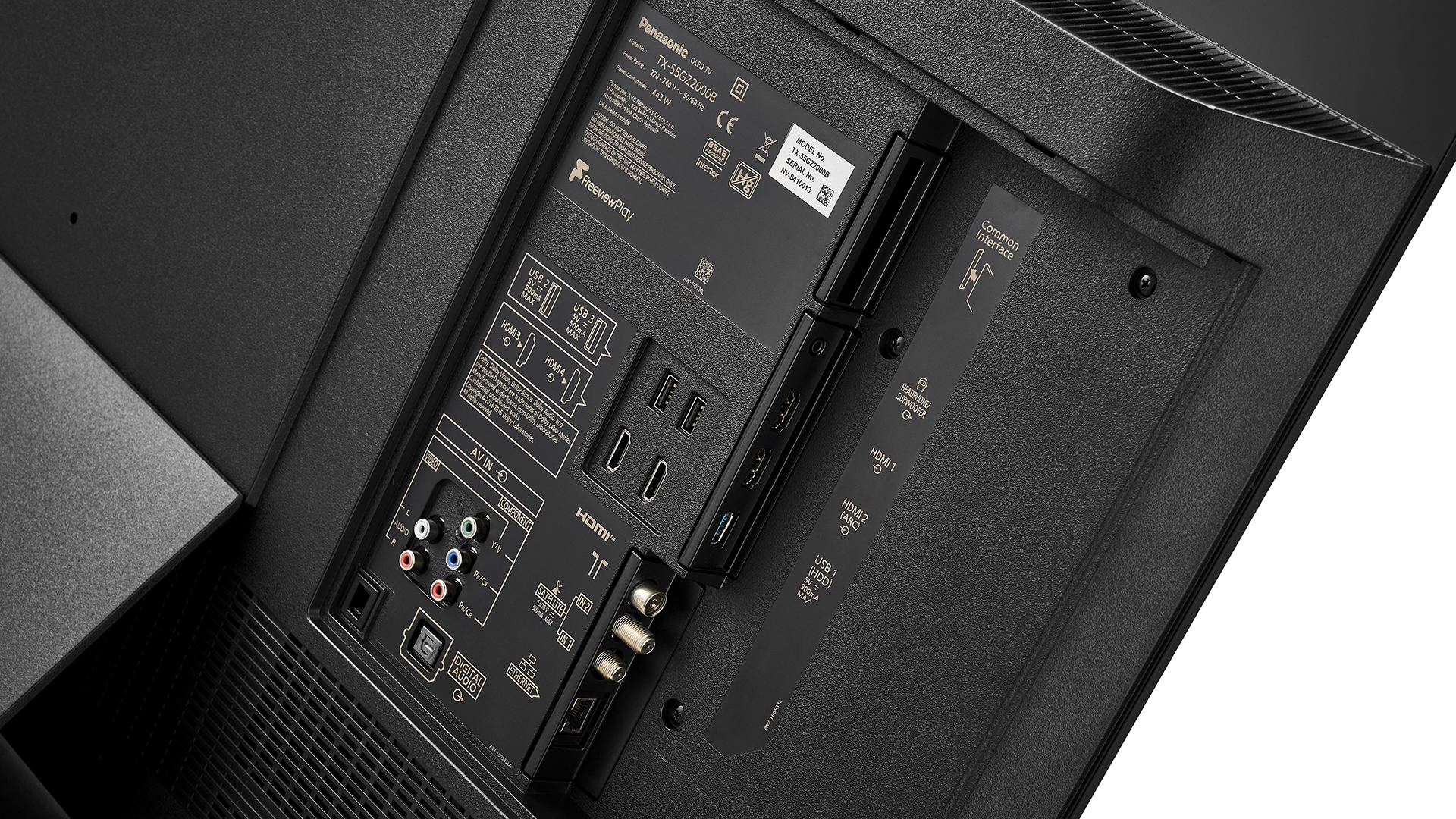
The Professional Edition panel is exclusive to the GZ2000, but the rest of the TV’s picture tech is shared with its more affordable siblings, including the GZ950 we recently gave a five-star review. That includes the HCX Pro Intelligent Processor, which is responsible for everything from upscaling to motion handling.
The operating system is the same, too, and that means the GZ2000 is simple to use but a little unexciting. It has the major app bases covered, including Netflix and Amazon Prime Video in 4K and Dolby Vision (the set also supports HDR10+, as well as standard HDR10 and HLG), BBC iPlayer, ITV Hub, All 4 and My 5.
There are now TVs that offer more, though, such as Now TV, Google Play Movies & TV and, best of all, Apple TV. These can of course be added fairly inexpensively through the purchase of an Amazon Fire TV Stick 4K, but you might reasonably expect your £3k TV to not be wanting in the first place.
In terms of physical connections, there are four HDMIs, but none of these is 2.1-certified and the GZ2000 is missing most of the 2.1 features that other manufacturers have added to some of their sets this year. We don’t expect you’ll hugely miss any of these, with HDMI 2.1 really coming into its element in the 8K era, although Enhanced Audio Return Channel (eARC) would be nice and hardcore Xbox (or PC) gamers would probably like to see Variable Refresh Rate (VRR). Gamers will, though, appreciate the low input lag of around 22ms.
Besides the HDMIs, you’ll find three USBs, an optical output, headphone socket, component input (a rarity these days), ethernet, aerial and satellite connections. Bear in mind, though, that the satellite tuner does not support Freesat, so you’re unlikely to make much use of those sockets in the UK.
Picture
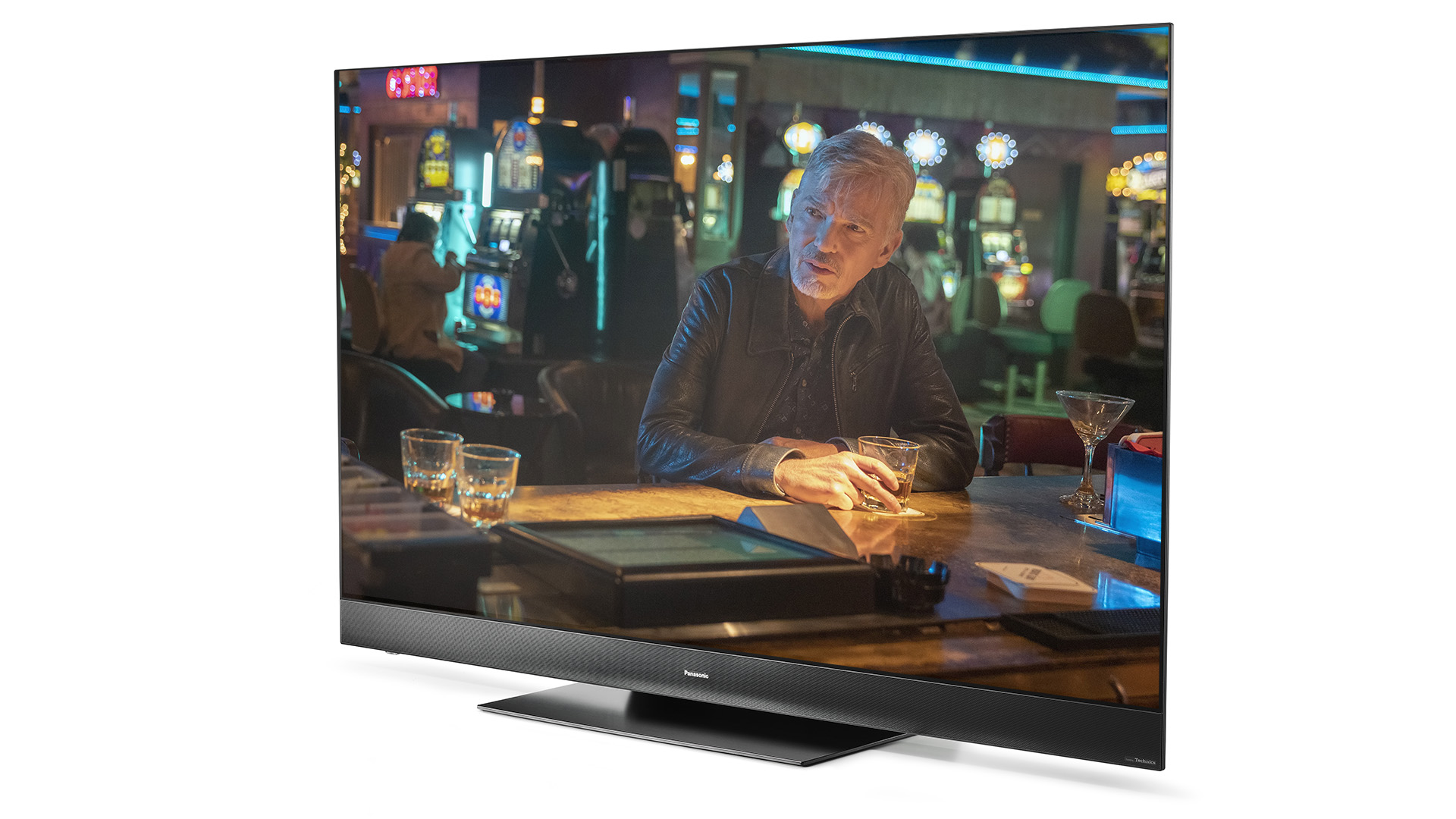
We kick things off with the Dolby Vision-equipped 4K Blu-ray of Spider-Man: Homecoming, playing it on both the Panasonic GZ2000 and the LG E9. We haven’t tweaked the settings at this point (other than switching Eco mode off), as the idea of Dolby Vision is that you see the film as intended without any calibration.
Other than the overly sepia tint that’s inherent to Dolby Vision (and other ‘cinema’ picture modes), both pictures are impressive, but overall we prefer the Panasonic’s. True, its reds are a touch washed out, with Spidey’s suit lacking a little of the richness it deserves, but goes just a smidge the other way. Ultimately, perfect would be somewhere between the two.
And the Panasonic does win here for bright highlights and all-round contrast. Slightly deeper blacks combine with marginally more striking highlights – and there’s greater nuance, too. It’s also a brilliantly crisp picture with more three-dimensionality. Detail is a little more pronounced, particularly in darker areas of the picture.
We’re talking fine margins here, but this is the first time we’ve seen a 2019 LG OLED beaten, so we’re rather shocked and not a little impressed. Switch both TVs from the default Warm2 setting to the Normal/Medium setting (which is how we'd watch Dolby Vision content), and the differences remain the same, but the sepia tint is removed from both.
Switching to the HDR10 presentation of Guardians Of The Galaxy Vol.2, we find that the GZ2000 needs little tweaking in order to deliver a genuinely superb picture – one that’s even better than that of the (also now calibrated) LG E9.
The colour balance is similar (suggesting you should be able to override the default Dolby Vision balance, should you wish) with both TVs proving rich and vibrant. The Panasonic is a touch more neutral and nuanced, though, making skin tones in particular seem even more natural.
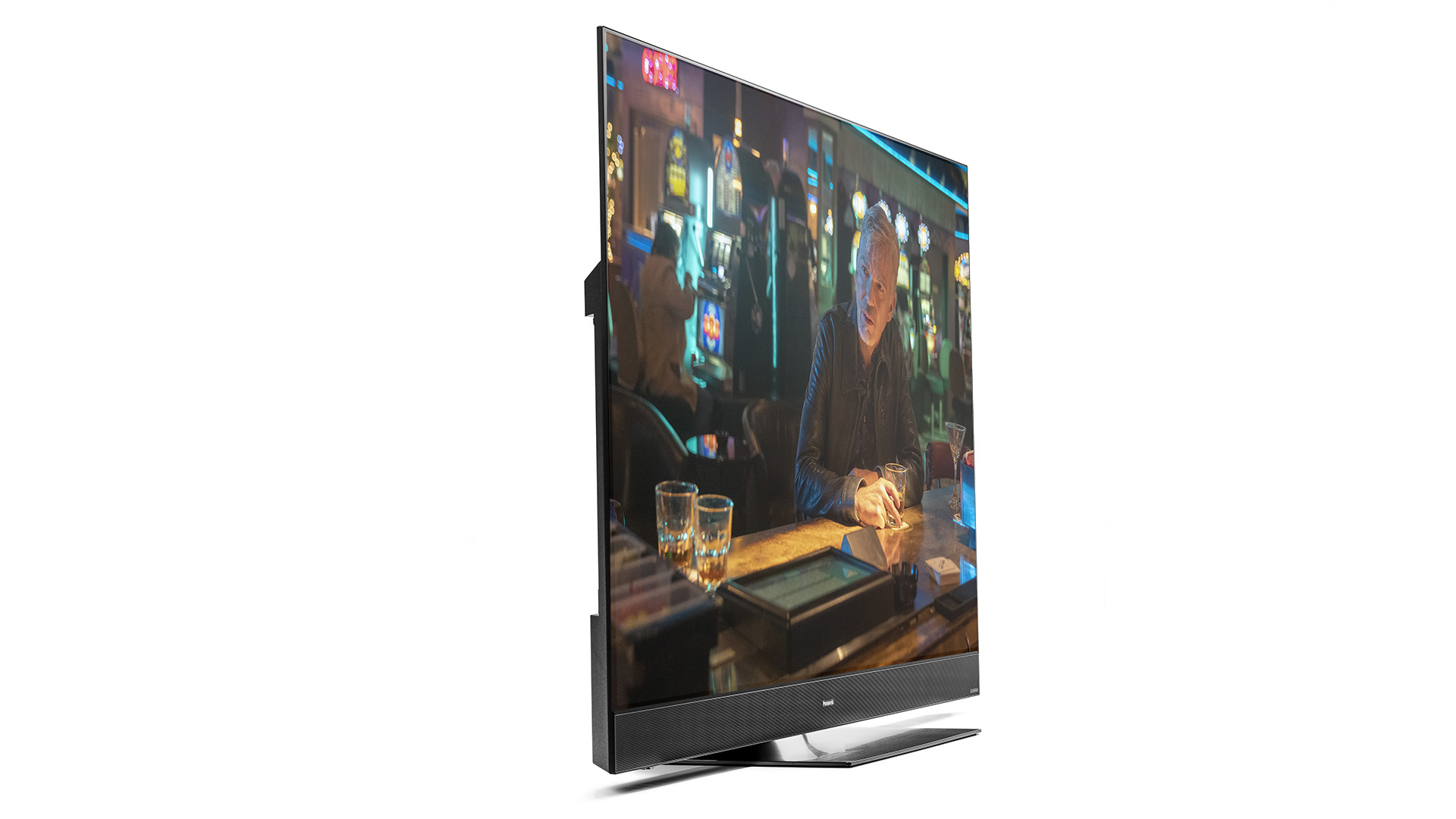
Bright highlights are even better on the Panasonic than the LG, standing out boldly from dark backgrounds – the neon writing against the gloomy sky during the opening credits sequence is a great example. Detail and definition is exceptional, too: characters pop out of the screen and are intricately resolved.
The Panasonic is a good handler of motion, too. Drop Intelligent Frame Creation to ‘Min’ and you get crisp and smooth action with none of the dreaded soap opera effect. The eagle-eyed will occasionally spot a hint of confusion in the trickiest of movements, but the motion processing here is second only to that of the best Sony sets and a notable improvement on that offered by LG and Samsung.
Dropping down a resolution to the 1080p Fargo Blu-ray, we remain delighted with the GZ2000’s performance. There’s a lovely balance of vibrancy and naturalism to colours, with pulsing red neon signs and organic skin tones. Detail is superb, too, with the grain of a wooden panel on the wall of a dive bar being distinct even from a distance. The intentional film grain, meanwhile, which can prove so tricky for the advanced processing of a modern TV, is neither exaggerated nor overly smoothed.
We drop down to standard-def TV with Escape To The Country, and we’re pleased to discover a perfectly acceptable performance. Of course, there’s some roughness to proceedings, but there’s enough detail and contrast to lend texture and solidity to the old stonework of a country pile and colours prove vibrant without veering into unrealism.
Sound
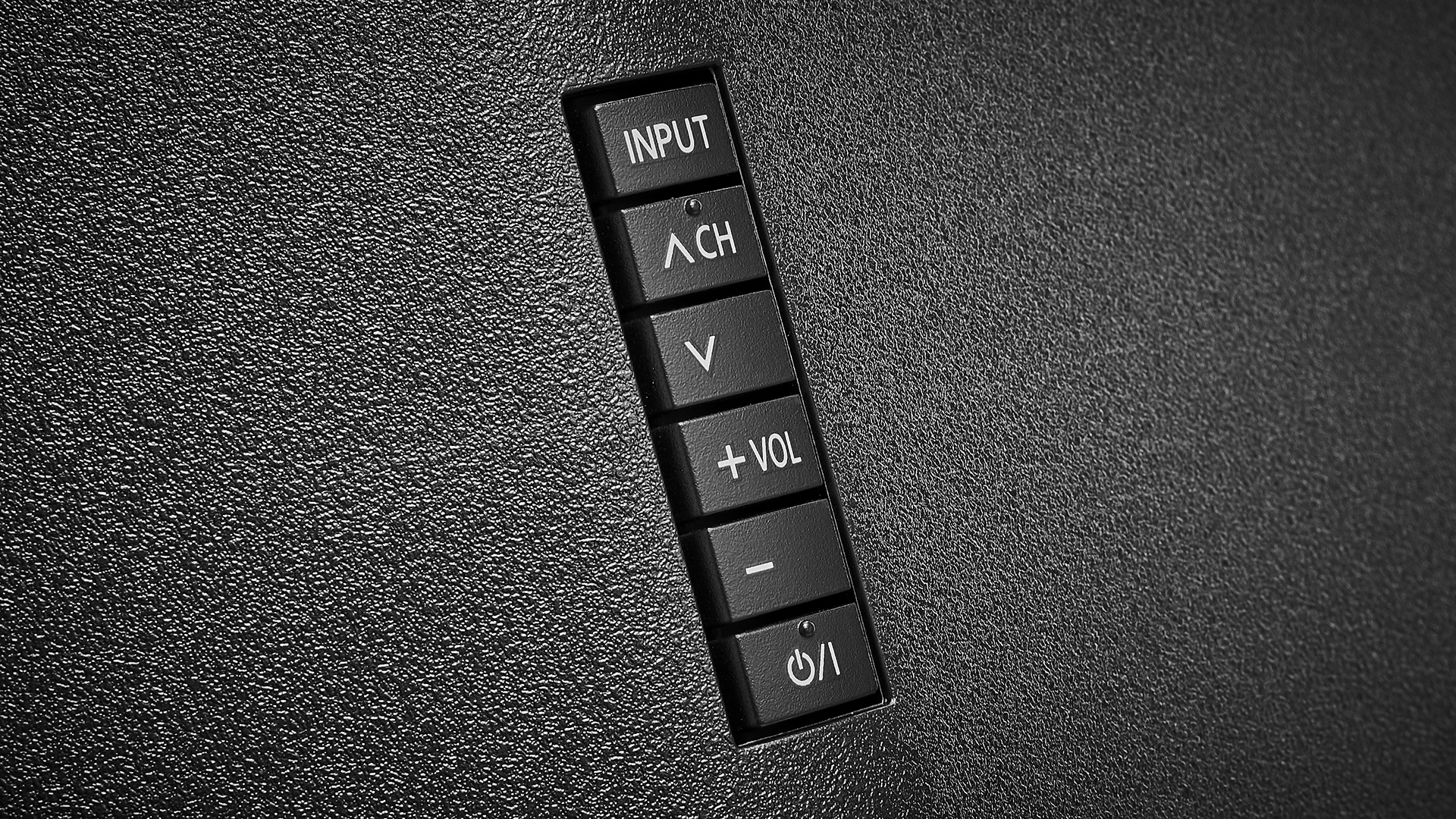
With so much of the TV’s price and physical form dictated by its innovative speaker system, there’s pressure on the GZ2000 to sound good. Thankfully, it does.
During the initial set-up process, you’re asked various questions about the TV’s placement. Give it the requested information and the GZ2000 adjusts its sonic output accordingly, using Panasonic’s 'Space Tune' feature.
It’s the upward-firing drivers that have understandably garnered the most attention, but it's the width provided by the front-facing soundbar that's initially more noticeable and appealing. There’s a real stretch to the left and right that draws you into the action, but this isn’t at the expense of directness or focus – there’s impressive clarity and projection to dialogue and lots of space for voices to inhabit in the centre of the soundstage.
And the upward-firing speakers do add something with the right content. Playing the bombing-run scene of Unbroken, there’s a far greater sense of scale and atmosphere than you get from many other TVs, and effects sweep along the ceiling towards the seating position in a way that no rival can match.
That isn’t to say this is a truly room-filling sound. The upward effects are sent out in a band that can leave the top corners of a large room a little sonically empty, but by the standards of a TV sound system, this is mighty impressive.
Verdict
We were expecting the Panasonic GZ2000 to sound good, which it does, but we weren’t expecting it to be quite such a special picture performer. This is the first TV we’ve tested that beats LG’s 2019 OLEDs, making this the new benchmark for picture quality.
However, at the time of writing, it is around twice the price of the equivalent LG C9. Sonically, it’s much better, but the picture is only a marginal step up. As brilliant as the GZ2000 is, it doesn’t replace the LG C9 as our performance-per-pound TV recommendation. It is, though, the new money-no-object 55in TV of choice.
SCORES
- Picture 5
- Sound 5
- Features 4
MORE:
Read our LG OLED55C9PLA review
What Hi-Fi?, founded in 1976, is the world's leading independent guide to buying and owning hi-fi and home entertainment products. Our comprehensive tests help you buy the very best for your money, with our advice sections giving you step-by-step information on how to get even more from your music and movies. Everything is tested by our dedicated team of in-house reviewers in our custom-built test rooms in London, Reading and Bath. Our coveted five-star rating and Awards are recognised all over the world as the ultimate seal of approval, so you can buy with absolute confidence.
-
simonali What exactly is the "pro end of the TV market"Reply
How many professional TV watchers are there out there?

